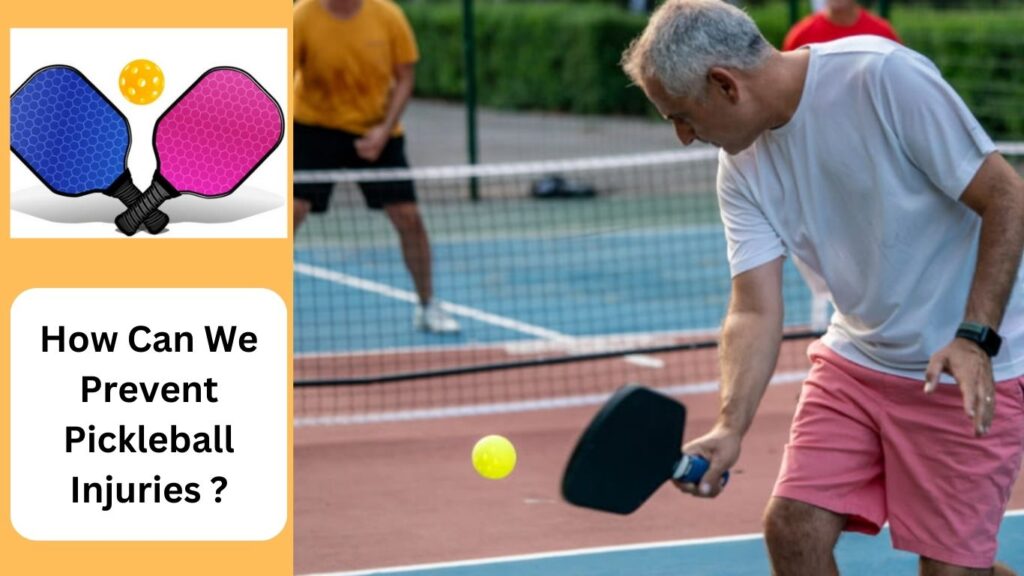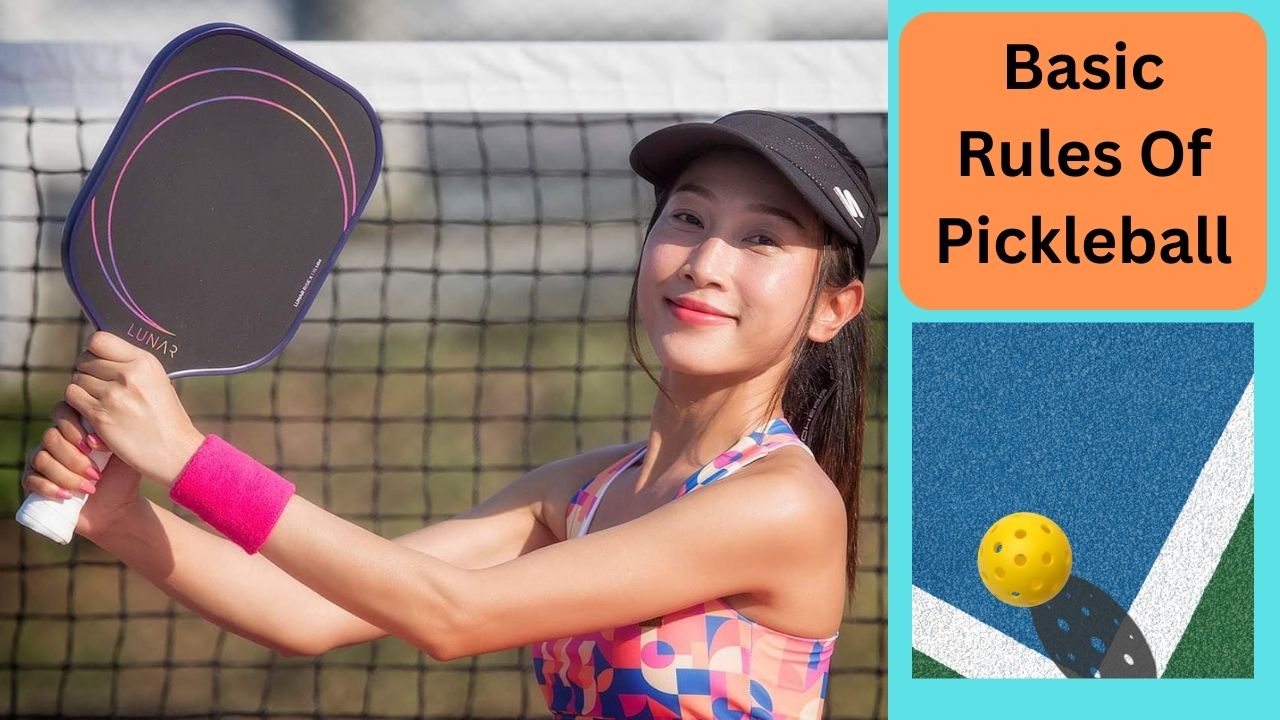Proper Preparation Can Help Prevent Pickleball Injuries
Pickleball has quickly become one of the fastest-growing sports in the country, attracting an increasing number of players.
However, its quick, dynamic movements can lead to injuries for those who aren’t adequately prepared.
“A lot of people haven’t been active in sports for years, but they take up pickleball because their friends are playing,” says Dr.
Henry Lau, a family medicine physician at Tidelands Health Family Medicine at Holmestown Road and an avid pickleball player.
Many newcomers to the game are returning to physical activity after long periods of inactivity.
According to Dr. Lau, many of these players are over the age of 50, which increases their risk of injury.
Although most players don’t experience serious injuries, a 2019 study published in the Journal of Emergency Medicine estimated approximately 19,000 pickleball-related injuries occur each year.
Around 90 percent of these injuries affect people aged 50 and older.
“Since many haven’t played sports in a long time, they may lack proper balance and proprioception—knowing where their body is in space,” Dr. Lau explains.
Pickleball is a great way to stay active and has seen a rise in popularity.
Played on a smaller tennis court using a hollow plastic ball and large paddles, it requires quick movements similar to tennis, including frequent changes in direction.
These rapid, backward motions increase the chance of falling, which can result in fractures of the pelvis, wrists, and ribs—potentially leading to serious injuries such as a punctured lung.
Additionally, the sport can aggravate pre-existing conditions such as heart issues, respiratory problems, and high blood pressure.
“People with underlying arthritis in their lower back or knees may experience worsening symptoms due to the increased physical activity,” says Dr. Lau.
At the less severe end of the injury spectrum, players might experience tendonitis in the elbows, wrists, knees, or shoulders.
Fortunately, there are some simple steps to minimize the risk of injury while playing pickleball.
“Stretching is important, but taking lessons and receiving coaching is even more crucial,” Dr. Lau advises.
Lessons can teach players the correct techniques, reducing the likelihood of muscle strain or overuse.
Practicing movements specific to the sport, such as backpedaling and lateral movements, can also help improve stability.
Strengthening the core muscles with exercises like planks and crunches is beneficial as well.
For those who haven’t been physically active in some time, Dr. Lau emphasizes the importance of starting slowly. And if you experience any pain while playing, don’t ignore it—stop to avoid further injury.
Also Read : What are the Updated Guidelines of Pickleball and Tennis Court 2024



